The 7 most important survival tips to survive in the wild
Survival tips are vital. With the 7 basics listed below, you will learn how to build a shelter and secure necessities.
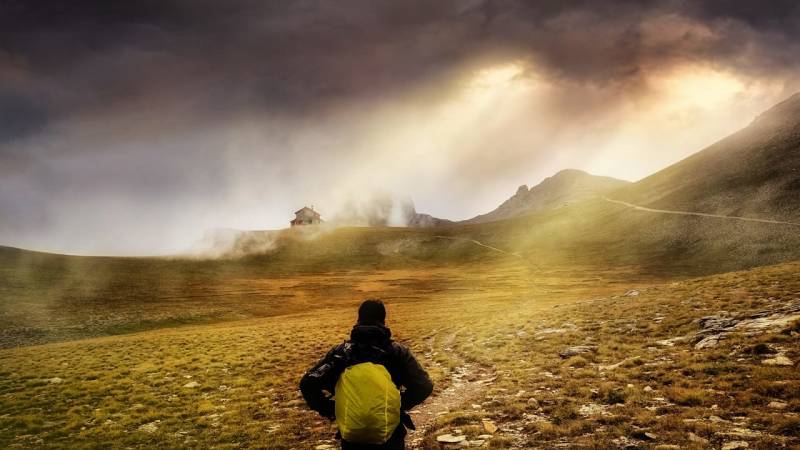

From Martin Gebhardt. Check out my “About me” page.
👉 The key facts from this guide
- The "Rule of Three" is crucial for survival: Three minutes without oxygen, three hours in unprotected environments, three days without water, and three weeks without food.
- Mental attitude is crucial for survival. Panic should be avoided and a structured approach to problem-solving should be pursued.
- A shelter is important to protect from cold, heat, and moisture. The choice of location, insulation, adequate warmth, and the right plan are crucial.
- Water supply is a high priority. Running water, fresh springs, and dew are good sources. Water should be boiled to kill viruses and bacteria.
- The ability to make fire is crucial for survival. It provides warmth, allows for boiling water, and enables the preparation of food.
- Nutrition is significant, but the body can last up to three weeks without solid food. It is essential to know edible plants and animals and how to prepare them.
Survival tips are crucial for survival.
For example, if you go on an outdoor trip or accidentally get lost in an unknown area.
Then it may be necessary to survive on your own for several days.
But don't worry, with a little knowledge and various survival tips, it's no problem.
The following tips will teach you how to build a shelter and provide for your basic needs.
Your Attitude
To handle situations as successfully as possible, you must have an excellent mental attitude.
At times, this even determines whether you survive in nature or not!
First, it is crucial to internalize the "Three Rule". This states that humans can survive without support in the following ways:
- Three minutes without oxygen
- Three hours in an unprotected environment (danger from animals, cold, heat, or moisture)
- Three days without water
- Three weeks without food
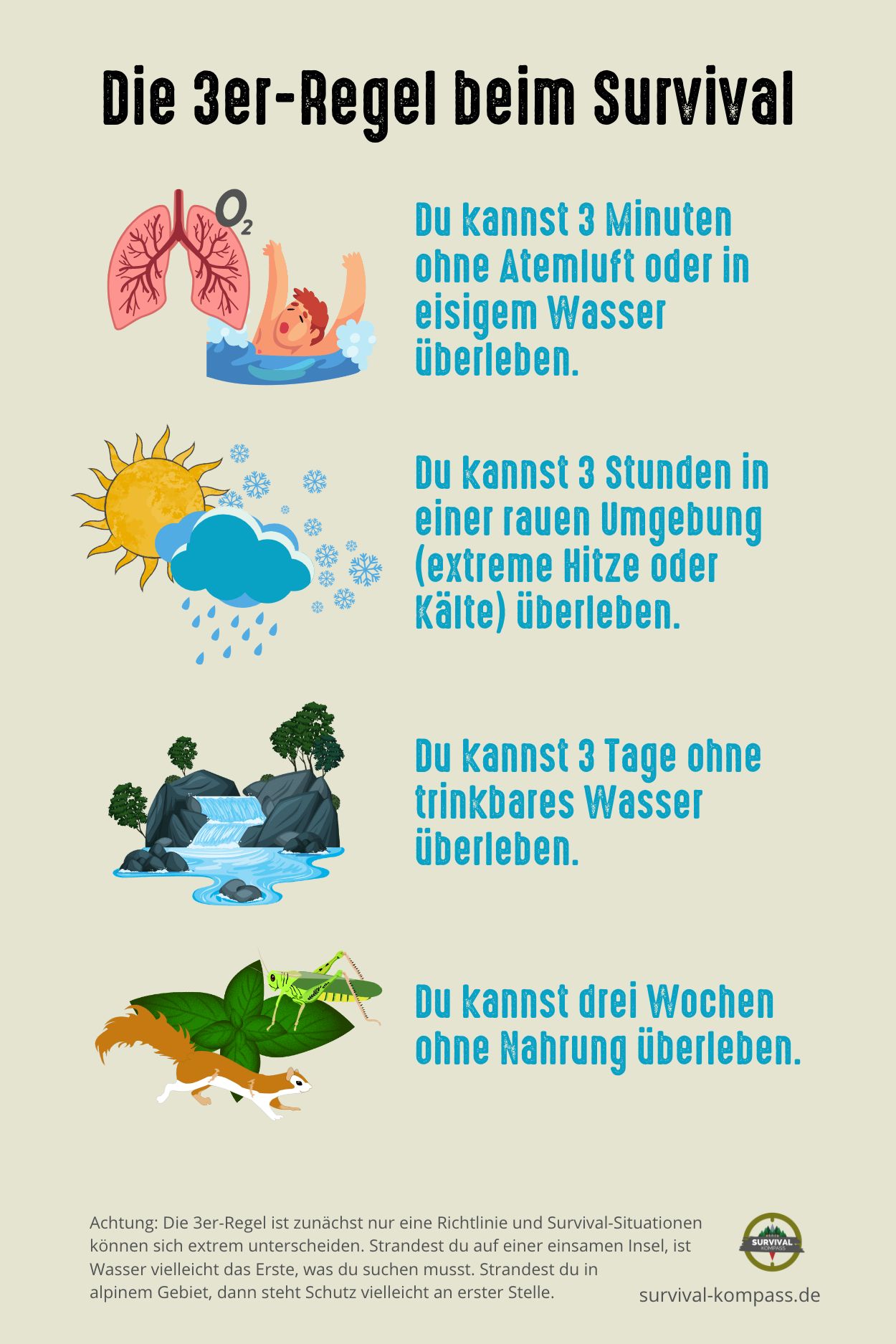
Based on this guideline, you can prioritize what you need to survive.
Foremost, it is essential to find a suitable shelter, then you require sufficient water. Food is last on this list.
The Three Rule is a flexible guideline
But be careful: The Three Rule is initially only a guideline, and survival situations can vary greatly.
If you are stranded on a deserted island, water may be the first thing you need to look for. If you are stranded in an alpine area, shelter may be a priority.
I have extensively studied the Three Rule System and have also created a detailed guide article on it. There, I question the Three Rule System and whether it is really useful to prioritize things that way.
Stress test for your psyche
Any critical situation not only stresses the human body, but also presents a challenge for the mentality.
It is important to suppress the onset of panic immediately. Panic causes you to act recklessly and make wrong decisions in certain areas.
You can counteract this by pausing and following these rules:
- Stop! Give yourself a moment of rest before you act
- Create a plan - think about what needs to be done
- Get active - put the plan into action
- Reflect - look at what you have done and learn from it
This problem-solving system helps sharpen your memory.
Furthermore, this structured approach prevents impulsive actions.
This system is also helpful in avoiding panic attacks. It is an easy way to increase your chances of survival.
The Shelter
In the open wilderness, the human body can quickly become critical.
A major danger, for example, is hypothermia.
But that doesn't have to happen. You can avoid it by training yourself to provide your shelter. It's easy to make one yourself.
First, it's significant to prevent hypothermia - or, in hot conditions, to prevent fluid loss.
These factors are important when planning and designing your shelter:
- Location: The place should be close to building materials, provide protection, and be far from hazards.
- Insulation: The shelter should be protected from the ground and shielded from wind and rain.
- Heat: A fire can provide comfortable temperatures.
- Proper planning: How many people should the shelter accommodate?
But it's not always necessary to build the shelter yourself.
You may also be lucky enough to find natural locations for shelter.
These include, for example, fallen trees or caves.
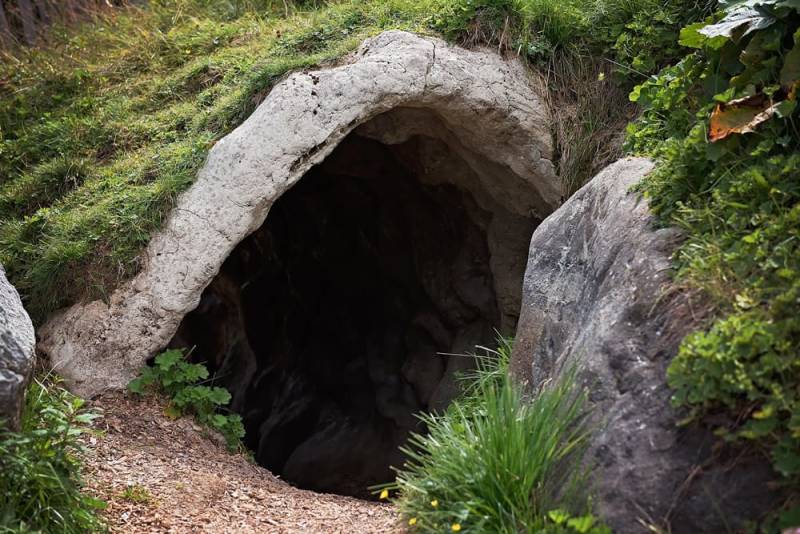
Other materials or objects can also be used to build a shelter. Useful ones include tarpaulins, sticks and branches, or building materials.
In emergencies, a variety of materials can be helpful in creating a shelter.
You can build a shelter and secure the construction. This will protect you from hypothermia.
You can find more information on shelter and location in my articles:
The Water Supply
Always remember that your body consists mostly of water. Therefore, it is no wonder that you must ensure an adequate supply of fluids to survive.
The water supply has high priority and is even more important than the heat supply from a fire and the food supply.
A roaring fire will do you no good if your body lacks fluids, and you are on the verge of dehydration.
The basic rule is: A person should consume approximately two liters of water per day.

If you are physically active, you need even more fluids. You have probably also heard that most people who are lost or stranded died due to a lack of fluids - or by the germs found in contaminated water.
But this can be easily avoided. To circumvent this danger, focus on flowing bodies of water such as rivers or streams, or look for fresh springs. Dew water is also suitable.
You can also alleviate your water shortage thanks to purification systems for your travels. These make it possible to filter out impure water and make it drinkable. They are a suitable option to guarantee your fluid supply.
Even without such a system, water can be purified - and without much effort.
How does it work? You boil the liquid. It is essential that the water is kept boiling for about two to three minutes. During this process, viruses and bacteria are killed.
Example of boiling water:
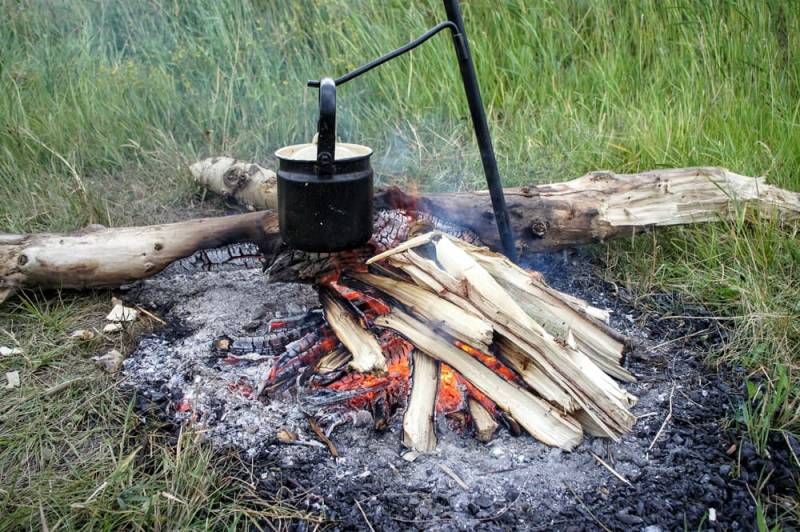
Also read my article Survival: The Ultimate Water Guide [finding, collecting, filtering].
The first step is done: You have thought about your situation in the wilderness and can realistically assess it. You have secured a safe retreat or even created one yourself.
Furthermore, your body is supplied with enough fluid. Excellent. These are the basics needed to stay alive in the wilderness for several weeks.
Also read
The 7 Mortal Enemies When You Are in a Survival Situation - What enemies do you have to watch out for when you are in a survival situation? Learn how to avoid these survival mistakes and survive.
The Fire
The ability to start a fire yourself is essential for survival in nature.
With a fire, you provide warmth in your retreat. It is also necessary to remove the bacteria in the water by boiling it.
It is also indispensable for drying textiles and for preparing food.
There is also the psychological effect of fire to consider: a blazing fire creates a feeling of safety.
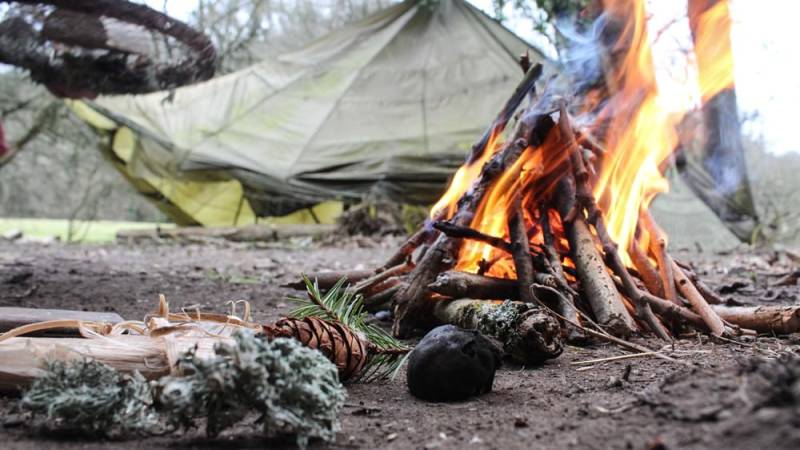
In emergencies, it's best to have various igniters in your luggage.
The classic lighter that fits in every pocket, a fire steel, or matches are helpful. It's important that these tools be protected from moisture, though. If a lighter gets wet or matches get soggy, it becomes difficult to light a flame with them.
Therefore, you should also consider ways to make a fire without a lighter or matches.
Tip: Test the igniters in advance under different weather conditions to prepare yourself for extremes and to be able to handle them. Nature is often a stubborn opponent when it comes to lighting a fire.
You should especially practice using the fire steel, as there are two essential fire steel tricks for making a fire quickly and easily.
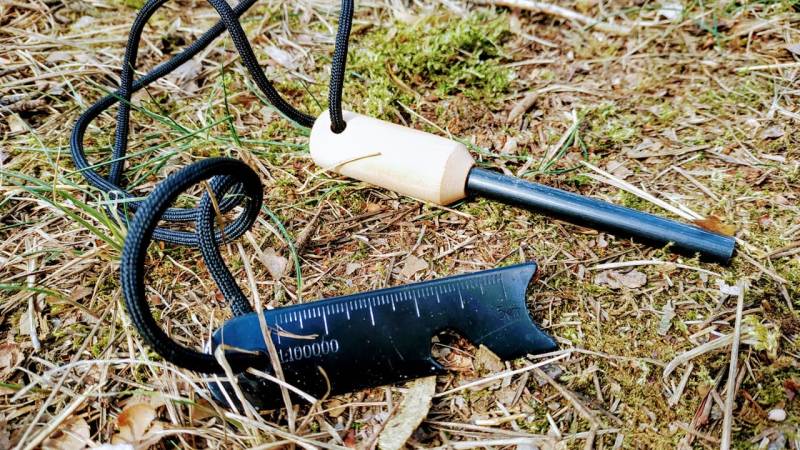
Recommended reading: You should know that open fires in forests are prohibited in Germany.
There are also significant safety instructions to consider when making a fire. Failing to comply with these precautions can result in the flames spreading uncontrollably.
Therefore, it is important to ensure that the diameter and height of the fuel pile does not exceed one meter. Only use commercially available aids or self-collected or self-made kindling when lighting the fire. Gasoline is not suitable.
It is also critical to always keep an eye on the sparks to be able to intervene rapidly if necessary. To keep the fire under control, choose a location with a pitted ditch and rocky terrain.
Use dry branches as fuel to avoid heavy smoke. The fire must not be left unattended. Otherwise, the risk of uncontrolled spreading exists.
Furthermore, do not let the fire burn out unattended. The extinguishing process should be actively carried out - preferably with sand, since necessary water supplies should be reserved for hydration purposes.
Read also: How do I start a fire? [in 10 steps to success] and discover the 12 best ways to build a fire (e-book).
Food supply
It may seem surprising that the food supply is listed so far down on this list.
However, those who adhere to the rule of three know that the body can even survive for three weeks without solid food.
To learn how to cope with hunger, you should practice fasting from time to time.
It is advantageous to have already prepared for emergencies in advance. It is recommended to pack supplies or long-term food for your wilderness trip - for safety's sake!
Did you not do that? Even then, there are ways to find various edible foods outdoors in the green.
Stick to the survival food pyramid, and you will quickly find food.
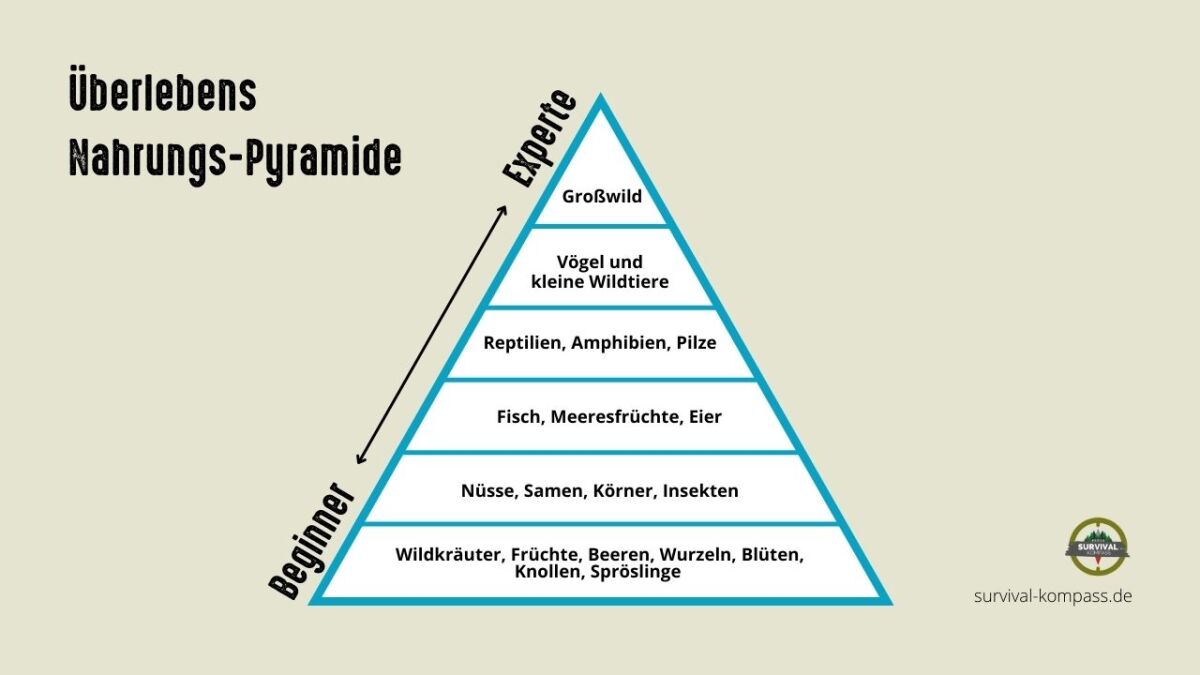
Generally, you should only consume plants that you are sure do not contain toxins.

Especially with mushrooms, it is known that some species are poisonous. So, it's better to stay away if in doubt.
It is also possible to go hunting yourself.
To hunt wild boar, rabbits, or poultry, you need the proper equipment. Whoever has a knife for trap building or arrows in their luggage is lucky. With that, you can take care of the fast-moving wildlife. But let me tell you: this skill is only mastered by experts. You'll likely have to settle for mice and squirrels.
You take the loot out with a knife and fry the cut-out meat over the fire to make it edible.
It is important to check if the meat is still edible. Because you would rather not have food poisoning.
My tip: Set traps and catch mice, squirrels, snakes, or birds. Learn how to catch these animals with a deadfall trap in my article "How to build a simple deadfall trap". This way, you can regularly provide yourself with energy-rich meat.
Small animals are also suitable for consumption
Animal food that is easy to find includes ants, which also taste quite pleasant.
Snails should only be consumed cooked, as they have numerous parasites. In no case are naked snails recommended, as they are difficult to gut.
Snails with shells are cooked in boiling water. Then, remove the organs and shell.
Read also: Survival Basics: Eating Insects (Preparation, Catching, Breeding)
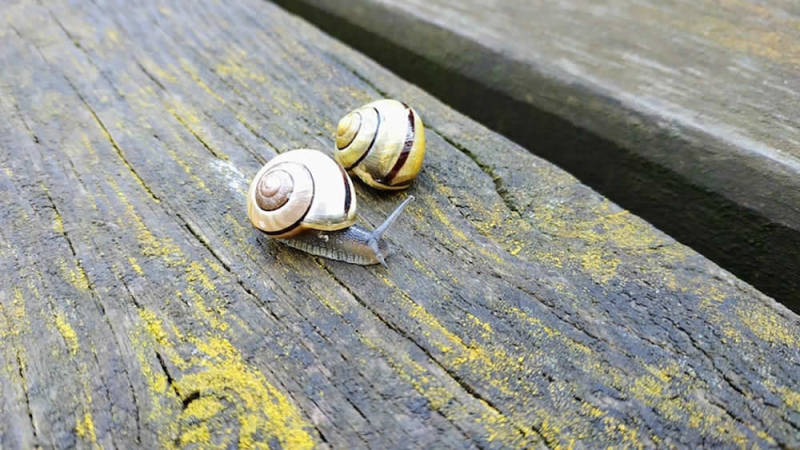
Stay oriented
You should always stay oriented to have a goal in mind.
However, you don't always have your compass with you to navigate. Small tricks can help you determine where the cardinal directions are.
In these latitudes, the wind typically blows from the west. With this knowledge, you can pay attention to the growth of trees.
Therefore, trees and freestanding plants are often inclined to the east.
Moss is typically denser on the shadier side (north in the Northern Hemisphere and south in the Southern Hemisphere). You can also use this to determine the cardinal directions. However, this method is not reliable.
Even better is the shadow stick method, which I highly recommend practicing. It is much more reliable than the methods mentioned above.
You can find all tested 11 methods for navigating and orienting without a compass here.
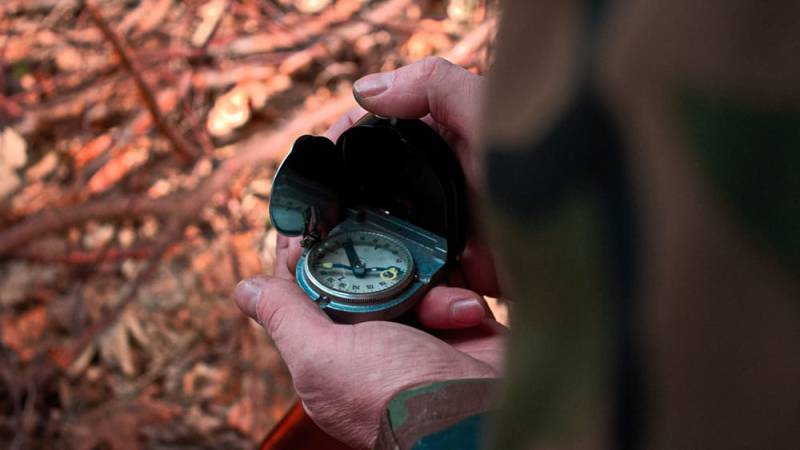
Basic knowledge of nature
To respond well to any emergency, it is important to have various knowledge of nature.
In the worst case, it is conceivable that you are alone on the road.
Just you and nature.
Then you benefit from having educated yourself beforehand.
For example, it helps if you can track animals by reading their tracks or avoid them altogether.
Similarly, the ability to take care of oneself is crucial to survival.
In the case of an injury, you can use various plants or herbs that have medicinal properties and are helpful in treating wounds.
Knowledge of nature and its processes is particularly significant when you are out alone in the wilderness for an extended period of time.
Edible Plants
Knowing which plants are edible can be an advantage.
You can usually find tasty greens in moist areas with sunny locations or near bodies of water.
All year round, you can find edible herbs such as nettles, chickweed, burdock, dandelion, wild garlic, watercress, sorrel or dead nettle.
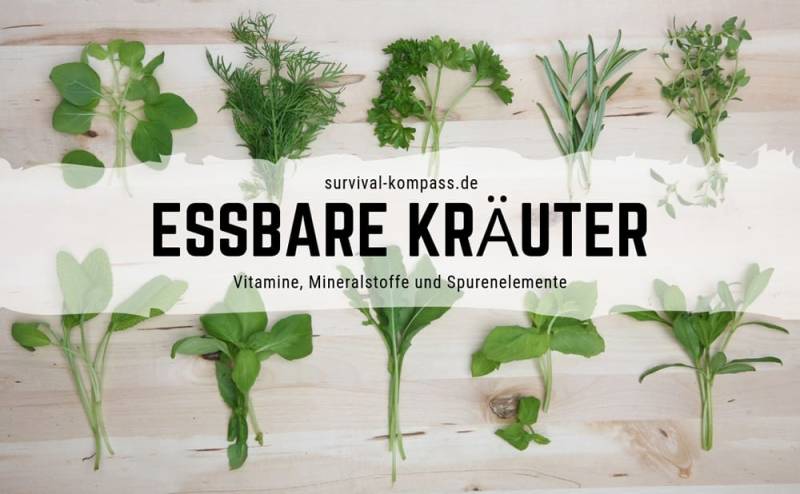
These greens provide important substances such as vitamins, minerals, and trace elements, which give you new energy.
If you can't find any greens, you can also use tree buds.
Recommendation: Read my article on the edibility test for plants. This way, you can check if a plant is edible.
Summary
Find a safe place for shelter or build yourself a retreat.
Ensure enough warmth by starting a fire.
Remember to consume sufficient fluids.
Prioritize according to the Rule of Threes, but also pay attention to your individual situation (as the Rule of Threes doesn't always apply).
This way, you can survive a survival trip.
Now I would like to know from you: Were there any tips that you didn't know yet?
Could I help you with the Rule of Threes?


Author of the guide
Martin Gebhardt
Hey, I'm Martin. On my blog, you will learn the basics and numerous details about living in the wild. I think survival, bushcraft and the good life in nature are the keys to happiness. Find me here on Instagram or on YouTube. You can find more about my mission on the About Me page.
Was this guide helpful?
63 people found this guide helpful.
4.88 out of 5 points (65 Ratings)
Comments (0)
This post may contain affiliate links. So if you click on the links and make a purchase, I will receive a small commission at no additional cost to you. Click here, to learn more about it.



